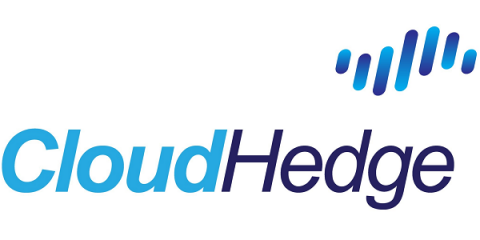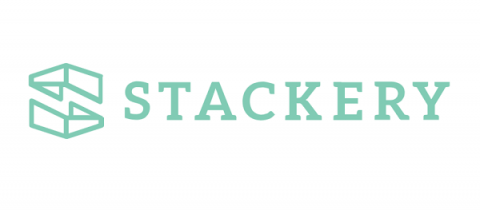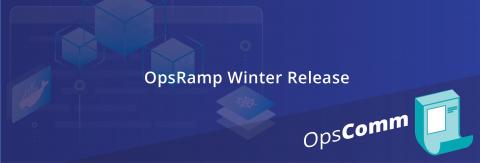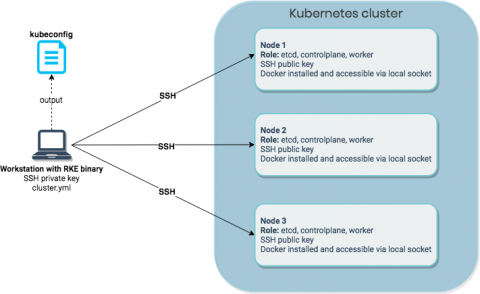5 Reasons Why Your Web Application is Slow
One of the key pieces of wisdom regarding any kind of development project is that all software problems are inherently hardwaret problems. This is one among many reasons why devices like the iPhone and the Xbox have been so popular over the years. When software and hardware integrate properly, and code is written to specs that take full advantage of the platform, great things become possible.











